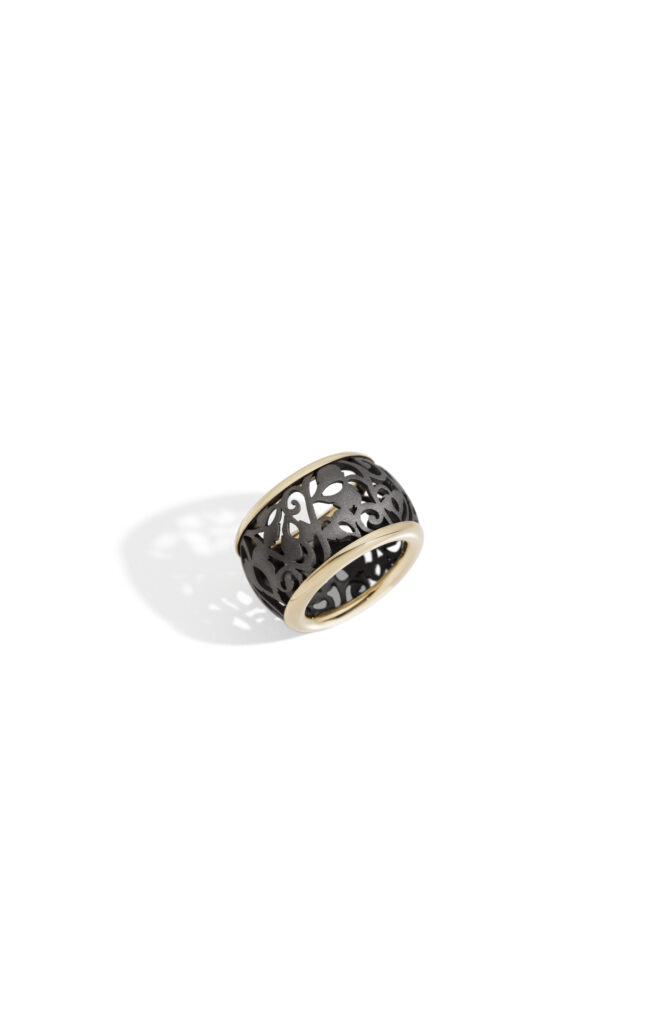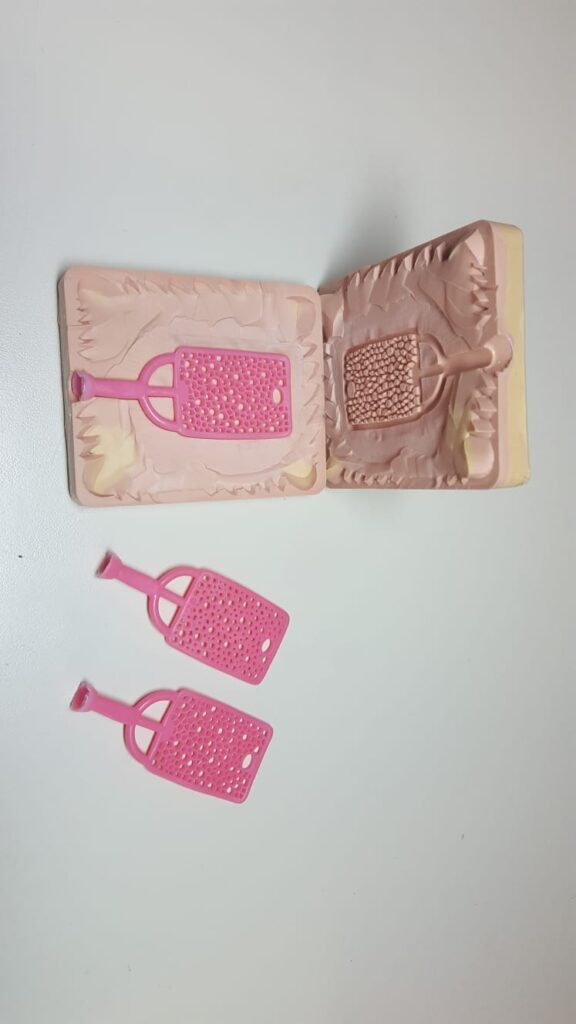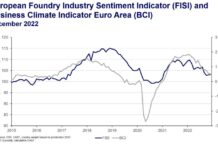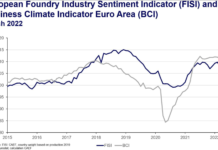When innovation in design is combined with technological innovation, the approach must be engineering. From the choice of the production processes, to the evaluation of the reliability to succeed, to the verification of the quality of the product: the jewel was born.
 Looking at or wearing a piece of jewelry, certainly causes emotions. But it is hard to think how much technology was needed to produce such beauty. Ancient technologies, revisited over time, in the light of modern achievements in both material science and mechanical technology. The main process in the goldsmith’s production is the lost wax casting, which has its origins in Chinese, Egyptian, Inca and Aztec cultures, although it is in Ancient Greece that it is widespread, introducing among other things, the use of cores to produce hollow structures, as in the case of statues. Through centuries the core of the technology has remained unchanged, although materials and uses have changed, so much so that it was during the Second World War that lost wax casting became technology-applicable for industrial production, particularly for the construction of turbines and turbochargers. In the following years, it has been confirmed a technique of interest both in the military and in the “noble” sectors, such as aerospace or aeronautics, up to the present day where industrial applications related to the production of precision parts, with complex geometries and difficult-to-pour materials with other technologies, are flanked by artistic productions of various kinds. jewelry is a sector in which lost wax casting has always been used.
Looking at or wearing a piece of jewelry, certainly causes emotions. But it is hard to think how much technology was needed to produce such beauty. Ancient technologies, revisited over time, in the light of modern achievements in both material science and mechanical technology. The main process in the goldsmith’s production is the lost wax casting, which has its origins in Chinese, Egyptian, Inca and Aztec cultures, although it is in Ancient Greece that it is widespread, introducing among other things, the use of cores to produce hollow structures, as in the case of statues. Through centuries the core of the technology has remained unchanged, although materials and uses have changed, so much so that it was during the Second World War that lost wax casting became technology-applicable for industrial production, particularly for the construction of turbines and turbochargers. In the following years, it has been confirmed a technique of interest both in the military and in the “noble” sectors, such as aerospace or aeronautics, up to the present day where industrial applications related to the production of precision parts, with complex geometries and difficult-to-pour materials with other technologies, are flanked by artistic productions of various kinds. jewelry is a sector in which lost wax casting has always been used.
Today, ‘lost wax casting’ means a melting technology that goes from the artistic field to the mass production of complex and high-precision components, a sector in which we speak properly of ‘investment casting’ or ‘microfusion’.
A work of art is born: the jewel
“We like to talk about engineered jewelry. – explains Ing. Antonio Fortunato, R&D and Process Engineering at Pomellato – Our actual situation is linked to the glamour of the city of Milan and is a trend-setter both in terms of fashion and in the vanguard of design, which is why we are innovative both in terms of the technologies used and in the research of materials. Of course, Pomellato’s focus is on customer satisfaction, both in terms of the variety of products, and in terms of quality and after-sales service. However for us, sustainability is also fundamental: we are interested in responsibility, environmental impact, and sustainable and raw materials, … At the moment we have collections where pure gold comes from hand-dug mines in South America: it is a niche supply chain, which reflects our maison’s attention to social responsibility aspects; the premium paid on the price of gold is used by the mine to reduce the environmental impact or to support the community. To make sure that Pomellato is all of these things, we invest in research and development, exploiting the opportunities offered by ancient technologies, reinterpreted in a contemporary key and flanked by highly innovative processes: an example? With us, lost wax castings coexist, and sometimes integrate, with Additive Manufacturing”
Materials, coatings, and technology are the tools to create and make the most of designers’ work, guaranteeing the quality of the product, which is essential when it comes to high-end jewelry: current regulations do not always cover the needs of goldsmithing products, so Pomellato has developed ad hoc analyses, relying on both standard and internally developed analyses.
The starting point is the material. In the case of Pomellato, pure gold and mother alloys, where, playing on the alloy elements, there is a choice of different colors, but also different mechanical characteristics. In fact, a piece of jewelry is an artefact, which must meet precise design specifications that depend, as for each component, on the type of use and the environment: the clasp of a bracelet, for example, will be stressed in a completely different way from a ring.
“In Pomellato, precious alloys are used almost exclusively for lost wax casting: this is the historical and most widely-used production process. Another production method is continuous casting, from which semi-finished products (wires and sheets) for plastic deformation and numerically controlled machines are produced. The latter is a less common process because of the wide variety of our products and the lack of compatibility with the voluminous shapes typical to our jewelry.- continues Antonio Fortunato – Pure gold binds to the mother alloys giving life to the real precious alloy, which must meet the specifications established by the reliability laboratory. All production must comply with the regulations in force, as in the case of the carat: Eighteen karat means that there must be 750 parts of pure gold in the alloy out of 1000. Once the alloy has been prepared and checked for conformity, it is time to go into production and, the dominant technology is lost wax casting. The model can be created by the skilled hands of the model maker who, for example, processes wax or brass to make rubber molds, or it can be the result of different technologies, such as Additive Manufacturing. In the latter case, the starting point is a virtual model which, through the additive process, will lead to the generation of a real resin model”
Creativity and technology
An original, avant-garde spirit that combines stones, special cuts, using both craftsmanship and the most innovative process techniques: between past and future, tradition and innovation, precision and avant-garde, sensuality and originality, art and engineering lead to the creation of unique and unmistakable jewelry.
Among the many techniques used, Pomellato’s craftsmen use lost wax casting, which allows them to obtain the soft lines and voluminous, harmonious shapes to which the brand owes its success.
Of course, one of the milestones is the creation phase of the master jewelers that requires accuracy and attention to materials, but also to the modern needs of the wearer who, prefers with large volumes or lightening in terms of weight. In this context, additive technology can be of great help in creating the mold for subsequent lost wax casting. “As far as precious alloys are concerned, the additive process known as SLM (Selective Laser Melting) is the preferred one, as it gives the best results at present. Titanium is used in several collections, and by combining fusion and additive manufacturing interesting results can be obtained. – explains Ing. Lucky.
So much technology has also been introduced in lost wax casting which, although historical, has always been a production process linked to craftsmanship. At Pomellato, we use software for predictive analysis of casting defects to anticipate cases of non-conformity generated by shrinkage porosity. In this way, we can save time and metal investment in testing the first prototypes. Research is carried out for process optimization, aimed at improving the mass production of casting articles and limiting porosity. The production of semi-finished products with virtually no shrinkage facilitates speeds up the flow of the other assembly and finishing operations, reducing recovery times and streamlining the entire production process”
Pomellato: the history
Pomellato was born in Milan in 1967 thanks to, Pino Rabolini’s intuition, the heir to a family of goldsmiths. A pioneer of the ready-to-wear philosophy in the world of jewelry, Rabolini immediately gave the Maison a strong identity in line with fashion trends, which allowed it to develop and quickly establish itself both on the Italian market and in the international jewelry scene.
Expressing its original and avant-garde spirit through refined combinations of colored stones, special cuts, and creative ensembles with impeccable craftsmanship, the Maison grows to become a symbol of modern and unconventional beauty with an iconic style.
In July 2013 Pomellato joins the Kering Group under the leadership of CEO Sabina Belli.
Lost wax casting: the process
 Although it is a technology used also at industrial level, the lost wax casting in the artistic field has some peculiarities, among which the creation of a model by the artist stands out, followed by the realization of a cast of silicone rubber of the same. The wax is then injected into these molds, thus taking the shape of the model created by the artist. Depending on the type of article to be produced and its size, the components can be assembled in a casting shaft, also made of wax. Appropriate casting channels are then prepared, which will guarantee both the release of molten wax and air, and the subsequent entry of the molten metal and the wax structure will be used to make the mold, in refractory material that will be suitably treated at high temperature, both to consolidate its characteristics and to melt the wax. The leakage of the wax (hence the name lost wax) and the achievement of the desired characteristics of the mold, allows to proceed to the actual casting of the desired metal, its subsequent solidification, cooling and extraction from the mold. The artifact is now ready for the roughing, assembly and finishing operations.
Although it is a technology used also at industrial level, the lost wax casting in the artistic field has some peculiarities, among which the creation of a model by the artist stands out, followed by the realization of a cast of silicone rubber of the same. The wax is then injected into these molds, thus taking the shape of the model created by the artist. Depending on the type of article to be produced and its size, the components can be assembled in a casting shaft, also made of wax. Appropriate casting channels are then prepared, which will guarantee both the release of molten wax and air, and the subsequent entry of the molten metal and the wax structure will be used to make the mold, in refractory material that will be suitably treated at high temperature, both to consolidate its characteristics and to melt the wax. The leakage of the wax (hence the name lost wax) and the achievement of the desired characteristics of the mold, allows to proceed to the actual casting of the desired metal, its subsequent solidification, cooling and extraction from the mold. The artifact is now ready for the roughing, assembly and finishing operations.
Ethical gold: RJC
The new consumer is increasingly attentive to the origin of products and companies’ attention to social responsibility. Pomellato is “RJC” certified. Since 2005, the non-profit organization “Responsible Jewelry Council” (RJC) has been dealing with regulations and certification for the jewelry supply chain, in particular diamonds, gold, and platinum. The idea on which RJC is based is to create, on a global level, a responsible supply chain that strengthens and stimulates trust in the jewelry industry, through the promotion of responsible practices from an ethical, social and environmental point of view that respects human rights.
RJC’s work with its Members is not limited to certification for its own sake: it aims to improve the way the jewelry supply chain addresses key issues, thereby having a positive impact on workers, the community, business partners, the environment and wider stakeholders [responsiblejewellery.com, Impact Assessment]
RJC certified companies certify that their practices adhere to internationally recognized sustainability standards and demonstrate a clear commitment to strengthening the image and reputation of the company and the supply chain.



